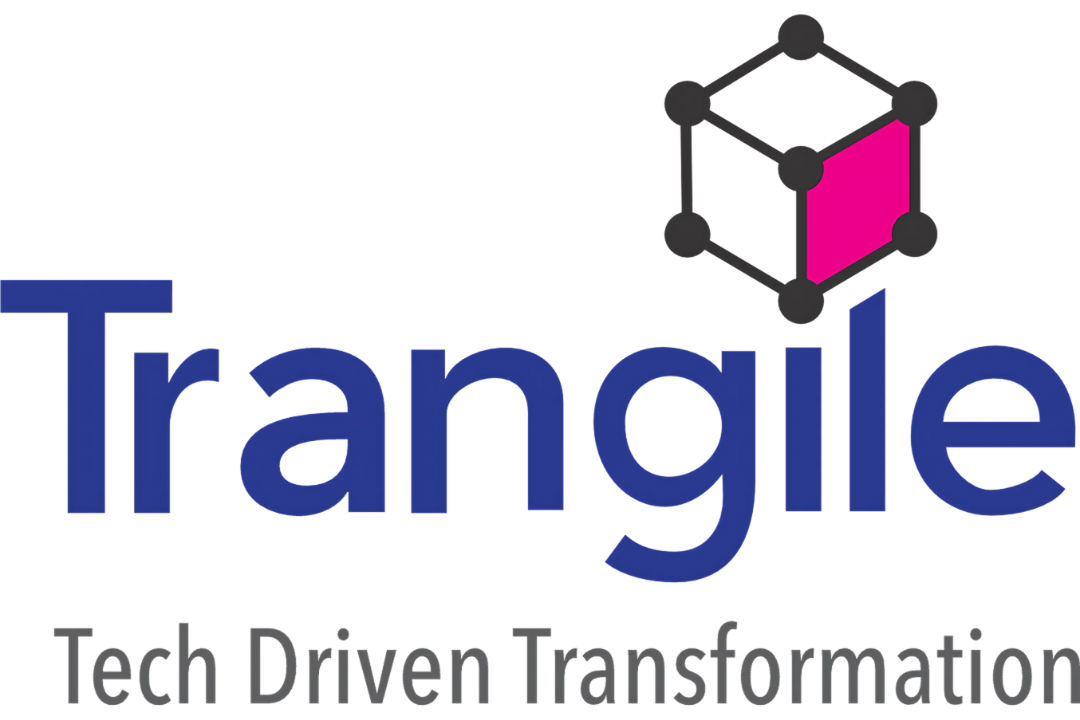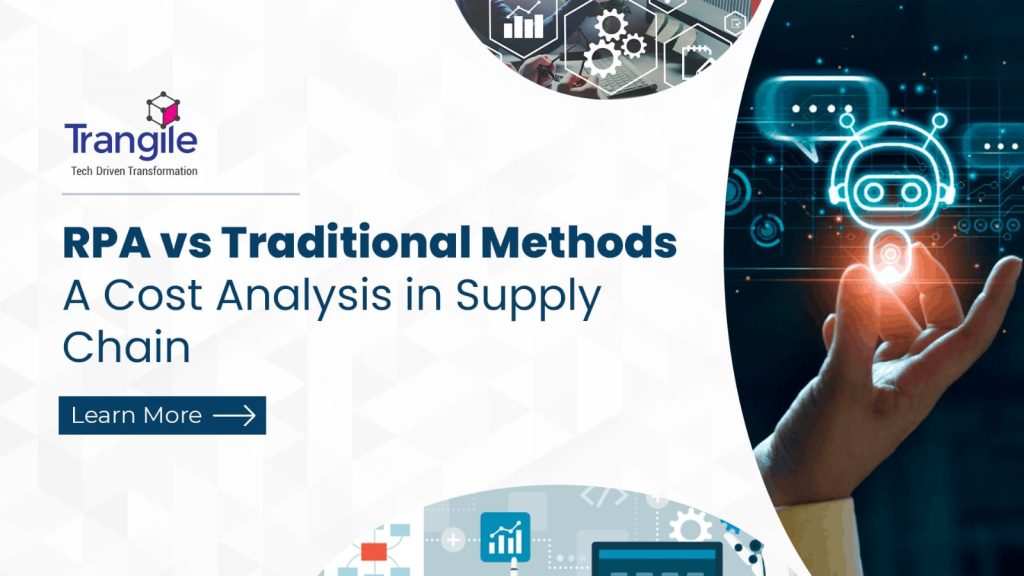In recent years, Robotic Process Automation (RPA) has emerged as a revolutionary technology that can optimize supply chain management. This technology is designed to streamline workflows, automate routine tasks, and reduce human intervention.
As businesses look to enhance efficiency and cost-effectiveness, adopting RPA becomes increasingly important.
In this article, we will delve into the benefits and drawbacks of RPA compared to traditional methods, focusing on the cost implications for supply chain management.
Understanding Robotic Process Automation (RPA)
RPA is a software technology that employs artificial intelligence and machine learning to automate repetitive and manual tasks, such as data entry, report generation, and inventory management.
With RPA, organizations can automate various processes within the supply chain, increasing efficiency and reducing the need for human intervention. This, in turn, minimizes the likelihood of errors and accelerates the completion of tasks.
Traditional Methods in Supply Chain Management
Traditional supply chain management relies on manual processes and human intervention. This approach involves a series of steps: forecasting, procurement, warehousing, transportation, and distribution.
However, these methods are often time-consuming, labour-intensive, and prone to errors. Consequently, businesses face increased costs and decreased efficiency, which can negatively impact their bottom line.
Comparing RPA and Traditional Methods: Cost Analysis
- Labor Costs
One of the most significant cost drivers in supply chain management is labor. Traditional methods require a considerable workforce to manage and execute tasks, increasing the overall cost of operations.
RPA, on the other hand, allows organizations to automate a significant portion of their labor-intensive tasks, reducing labor costs while increasing overall efficiency.
- Error Reduction
Human error is an inevitable aspect of traditional supply chain management. Mistakes in data entry, miscalculations, or miscommunications can lead to costly consequences, such as delayed shipments or incorrect orders.
RPA eliminates the risk of human error by automating processes and ensuring that tasks are executed consistently and accurately.
- Improved Inventory Management
Traditional inventory management can be labor-intensive and time-consuming, requiring manual tracking and constant updating. This approach increases the likelihood of stock discrepancies, resulting in increased costs due to stock-outs or overstocking.
RPA streamlines inventory management by automating tracking and updating, ensuring that organizations maintain optimal inventory levels and minimize unnecessary costs.
- Enhanced Forecasting Accuracy
Accurate forecasting is crucial for effective supply chain management. Traditional methods often rely on manual data analysis and subjective decision-making, which can lead to inaccurate predictions. RPA uses advanced algorithms and machine learning to analyze large data sets, providing businesses with more accurate and timely forecasting.
This, in turn, enables organizations to make better-informed decisions, reducing costs associated with stock-outs or excess inventory.
- Faster Processing Times
Traditional supply chain processes can be slow and cumbersome, leading to increased lead times and higher costs. RPA accelerates these processes by automating tasks, reducing the time it takes to complete them.
Faster processing times translate to reduced lead times, improved customer satisfaction, and lower costs.
Challenges and Limitations of RPA in Supply Chain Management
- High Initial Investment
Implementing RPA technology requires a significant upfront investment in software, hardware, and infrastructure. This can be a major barrier for smaller organizations or those with limited budgets.
However, the long-term cost savings and increased efficiency often outweigh the initial investment.
- Employee Resistance
Introducing RPA technology can cause apprehension among employees, as they may perceive it as threatening their job security. Organizations must invest in change management initiatives to ensure a smooth transition and address employee concerns.
- Technical Challenges
RPA implementation may encounter technical challenges related to system compatibility, data migration, and integration with existing software.
Organizations must invest in appropriate technical support and work closely with RPA vendors to overcome these challenges and ensure a seamless implementation.
The Bottom Line: RPA vs. Traditional Methods in Supply Chain Management
In conclusion, RPA offers numerous benefits compared to traditional supply chain management methods. By automating repetitive tasks, reducing errors, improving inventory management, enhancing forecasting accuracy, and speeding up processing times, RPA has the potential to deliver significant cost savings to organizations.
However, businesses must carefully consider the challenges associated with RPA implementation, including the high initial investment, employee resistance, and potential technical issues. By thoroughly assessing the costs and benefits of RPA, organizations can make informed decisions about whether to adopt this technology in their supply chain management processes.
Ultimately, the decision to implement RPA should be based on a comprehensive analysis of an organization’s specific needs, capabilities, and resources. When implemented correctly, RPA can transform supply chain management, giving businesses a competitive edge in an increasingly demanding and cost-sensitive market.














